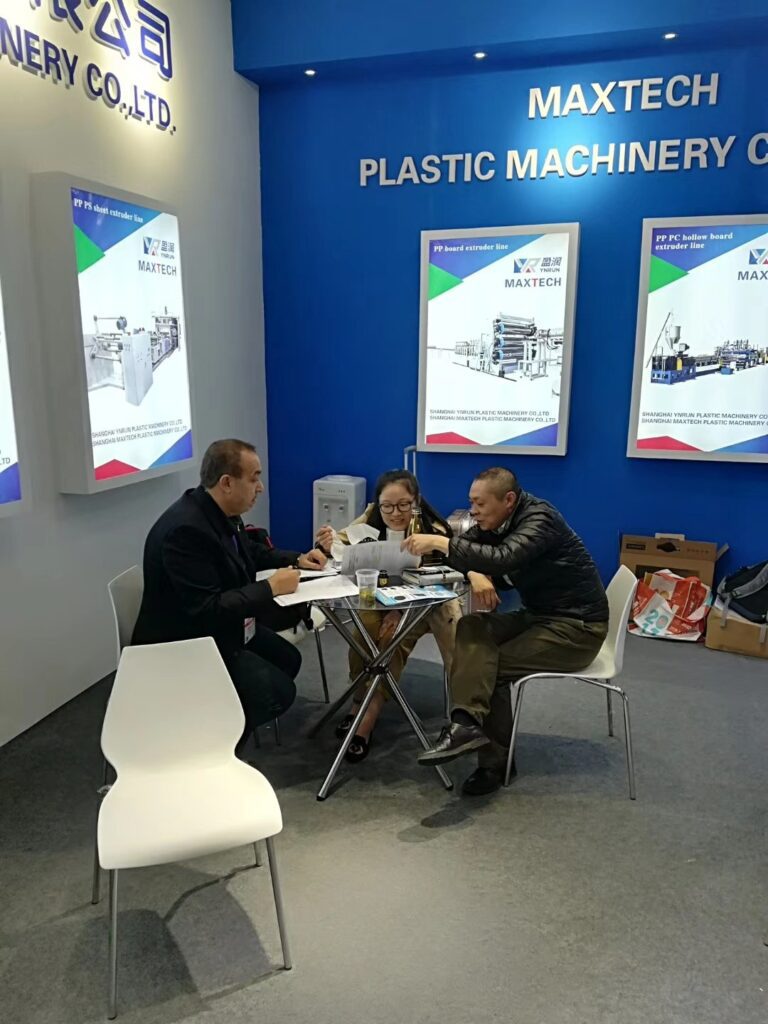Advancing the Extrude Machine Industry: The Next Generation of Innovation
As pioneers in the extrude machine industry, we continuously strive to push the boundaries of innovation and drive advancements that redefine manufacturing processes. Building upon our current success, we are excited to introduce the next generation of extrude machines. These groundbreaking machines embody a host of improvements, incorporating cutting-edge technologies and addressing industry challenges. In this article, we will delve into the key improvements and advancements that define the future of extrude machines.

- Enhanced Efficiency and Precision: The next generation of extrude machines harnesses the power of advanced automation and intelligent control systems. These improvements result in enhanced efficiency and precision throughout the manufacturing process. The incorporation of real-time monitoring and feedback mechanisms allows for instant adjustments, reducing waste and optimizing production speed. Additionally, the integration of machine learning algorithms enables predictive maintenance, ensuring optimal uptime and minimizing downtime.
- Sustainability and Energy Efficiency: Acknowledging the importance of environmental responsibility, the next generation of extrude machines prioritizes sustainability and energy efficiency. By leveraging advanced material technologies and process optimization, these machines significantly reduce energy consumption without compromising performance. Additionally, eco-friendly materials and enhanced recycling capabilities contribute to a more sustainable manufacturing ecosystem.
- Customization and Flexibility: Recognizing that each industry has unique requirements, the next generation of extrude machines offers unprecedented levels of customization and flexibility. With modular design principles and adaptable components, manufacturers can easily tailor the machines to suit their specific needs. Whether it’s adjusting the extrusion parameters, accommodating different materials, or integrating additional features, these machines provide a versatile platform for endless possibilities.
- Integration of IoT and Data Analytics: The future of extrude machines lies in the seamless integration of the Internet of Things (IoT) and data analytics. By connecting machines to a network and leveraging advanced analytics tools, manufacturers can gain valuable insights into machine performance, production trends, and predictive maintenance requirements. Real-time data visualization and analytics empower decision-makers to optimize operations, maximize productivity, and minimize downtime.
- Intelligent Human-Machine Interfaces: The next generation of extrude machines features intuitive human-machine interfaces (HMIs) that streamline operation and facilitate ease of use. With user-friendly interfaces, operators can efficiently monitor and control the machines, access relevant data, and make adjustments with minimal training. This enhanced user experience improves productivity, reduces the risk of errors, and ensures a seamless man-machine collaboration.
The next generation of extrude machines represents a significant leap forward in terms of efficiency, sustainability, customization, connectivity, and user experience. These machines are poised to revolutionize the manufacturing landscape, empowering industries with unprecedented capabilities. As we continue to innovate and improve, we are committed to providing cutting-edge solutions that elevate manufacturing processes to new heights.
Through our relentless pursuit of excellence and our commitment to customer satisfaction, we are confident that the next generation of extrude machines will shape the future of manufacturing, enabling businesses to thrive in a rapidly evolving landscape.
Keywords: extrude machines, next generation, innovation, efficiency, precision, sustainability, energy efficiency, customization, flexibility, IoT, data analytics, human-machine interfaces, manufacturing, advancements.



